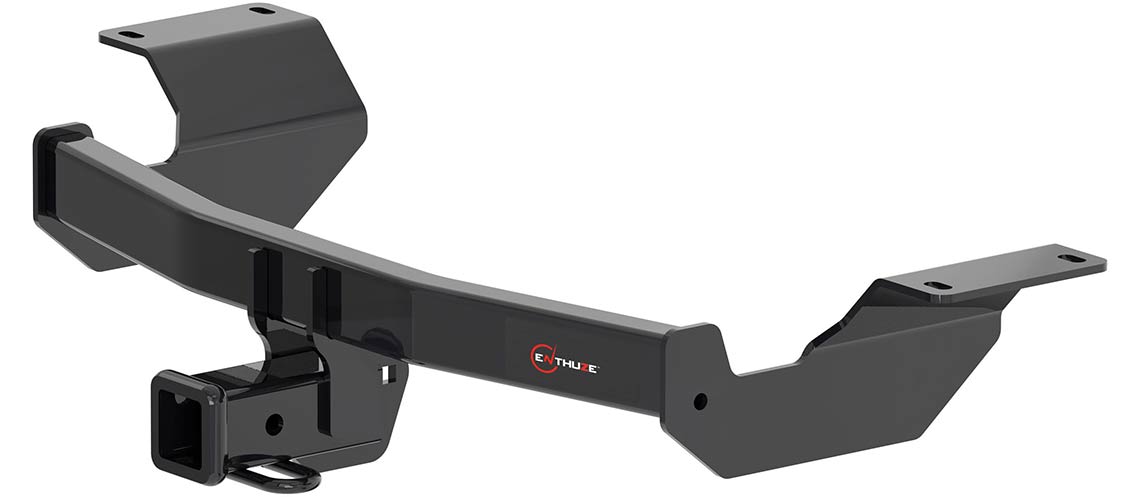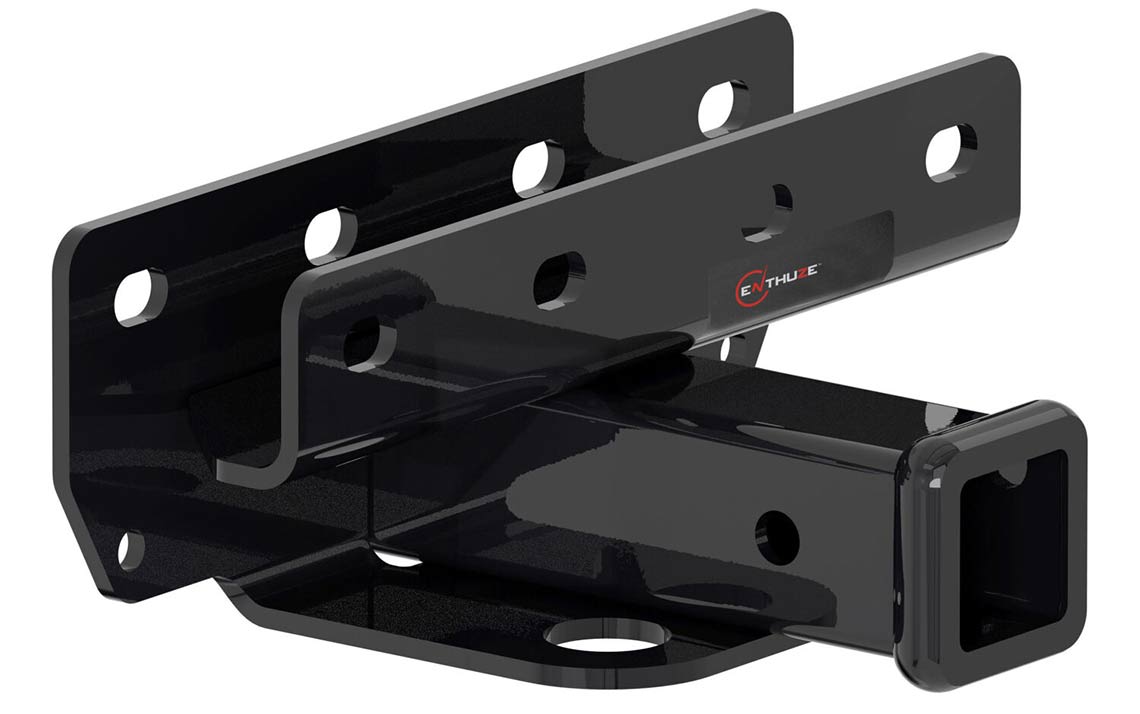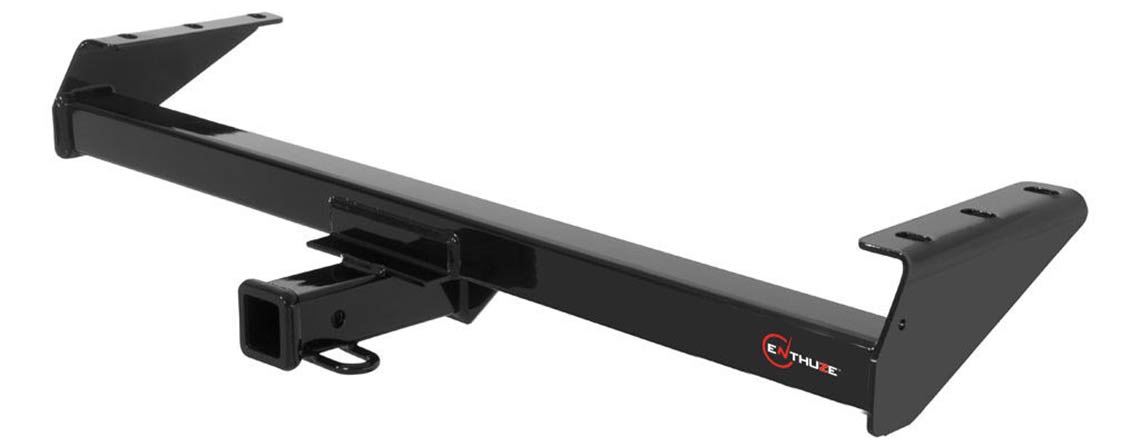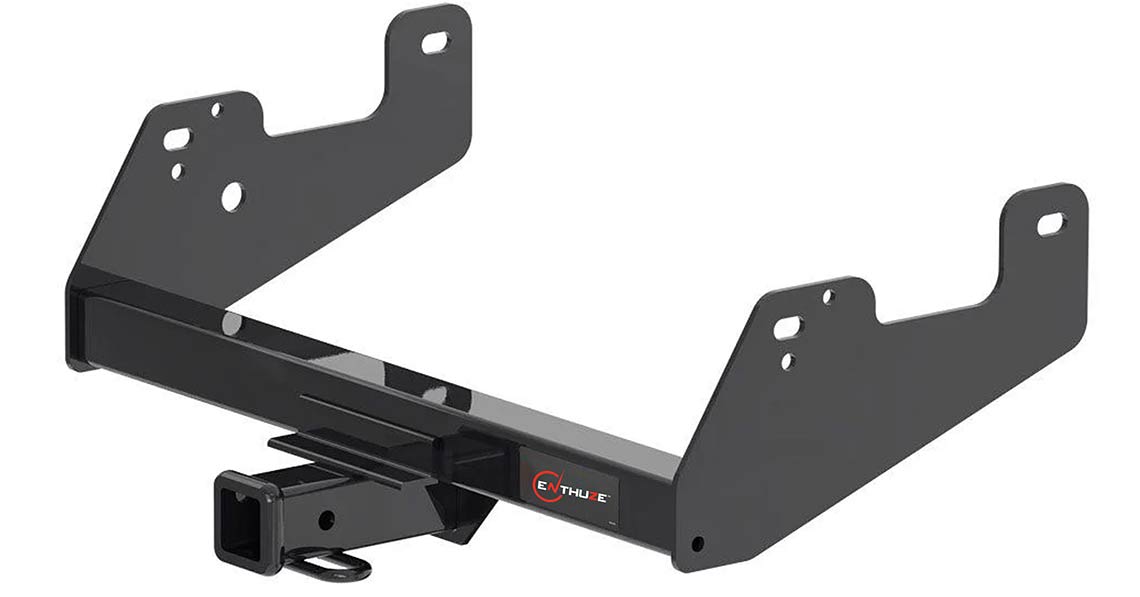What is a Class 3 Trailer Hitch?
Tuesday, April 23, 2024

Are you familiar with a class 3 trailer hitch? You probably see them all over the place. If you’re unfamiliar with class 3 trailer hitches, they are some of the most popular and versatile hitch types.
But to fully understand them, you should know the difference between the different trailer hitch classes. We’ll go over the benefits of these types and help you determine whether a class 3 trailer hitch is right for you.
Understanding The Different Types of Hitch Classes

2017-2024 Honda CRV Class 3 Trailer Hitch
Regular receiver trailer hitches are available in one of five classes: class I (one) through class V (five). A hitch’s class refers to the thickness of steel used in manufacturing, which also determines their towing strength.
Class I hitches are typically rated to tow up to 2,000 pounds while class V goes up to 12,000 pounds.

2018-2024 Jeep Wrangler JL Class 3 Trailer Hitch
Classes also indicate a hitch’s intended use. A class IV hitch is good for heavy-duty hauling jobs, making them ideal for heavy-duty pickups specially designed to handle large amounts of weight.
Lower hitch classes (I-II) are intended for everyday use, making them perfect for cars, crossovers, or minivans.
Hitch designs will vary between classes: class V hitches are unique because they include special five-wheel designs to help them evenly distribute weight.
Different trailer hitch classes might have different receiver openings too, with class I receivers having smaller openings, while higher classes may have larger receivers to accommodate heavier trailers.
So What About Class 3 Trailer Hitches?
 2005-2024 Nissan Frontier or 2009-2012 Suzuki Equator Class 3 Trailer Hitch
2005-2024 Nissan Frontier or 2009-2012 Suzuki Equator Class 3 Trailer Hitch
What about class 3 hitches, where do they fall on this spectrum? They’re perfect for larger trailers, and you can find them on crossovers, vans, SUVs, and pickup trucks.
They have a towing capacity ranging from 3,500 to 8,000 lbs and a tongue weight capacity between 350 and 800 lbs.
The square receiver openings on class 3 receiver hitches are typically around 2 inches. However, these measurements are not always consistent. A hitch’s capacity and distribution depend on its factory specifications, so always research a specific hitch before buying.
If you’re using a class 3 receiver hitch, you should also know that using a higher class drawbar won’t increase your hitch’s towing capacity. If you want to distribute weight more evenly, you need a specialized weight distribution hitch.
You attach a class 3 hitch to the frame of your vehicle. They operate similarly to class 1 and 2 hitches, but their design allows them to work with larger vehicles. A class 3 hitch is great for towing large objects, including boats, campers, and trailers.
They’re also great for mounting cargo carriers or bike racks, making them excellent storage solutions during travel.
How Do I Know If a Class 3 Hitch is For Me?

2021-2023 Ford F150 Class 3 Trailer Hitch
When looking for a trailer hitch, you should remember that towing capacity is important! Before buying a hitch always check the weight of whatever you want to carry with it.
Remember: not every hitch class is compatible with every vehicle. For example, a class 1 hitch won’t work with a truck or SUV.
If you want to use a class 3 receiver hitch, it’s great for crossovers, SUVs, and full-sized pickup trucks. They also work well for towing large trailers. Pay attention to hitch size too. A standard hitch size allows you to attach more accessories without any necessary modifications.
We hope you feel confident now that you understand more about class 3 trailer hitches. Check out our Enthuze class 3 trailer hitches here.